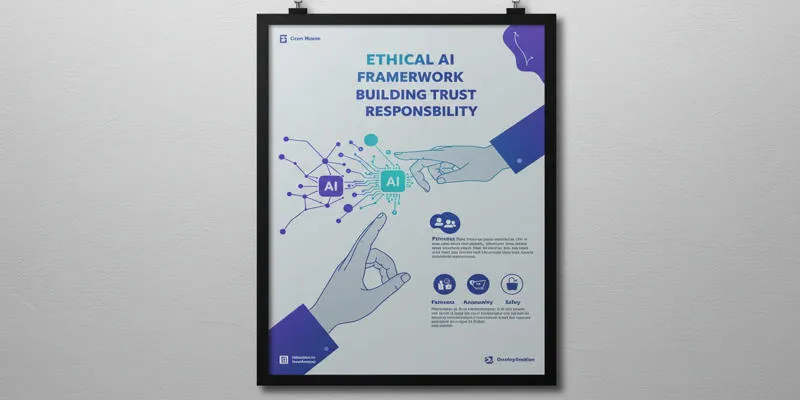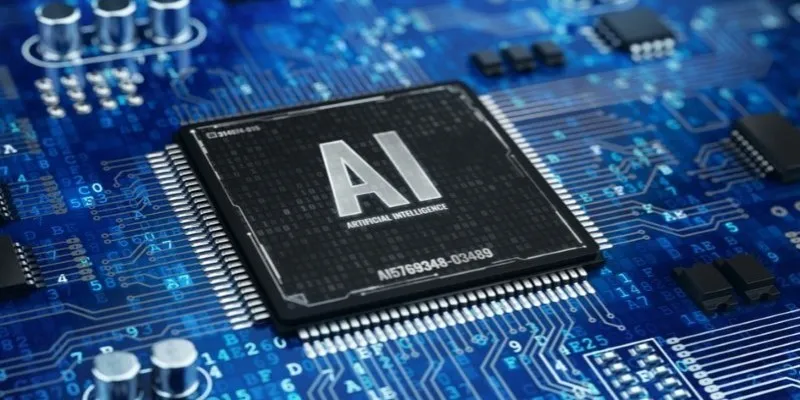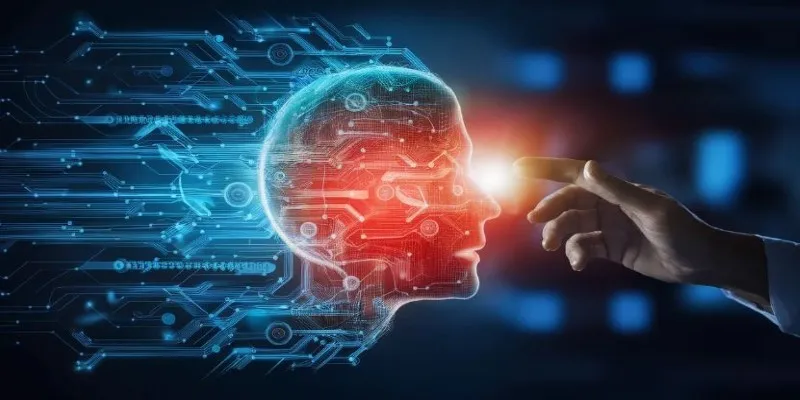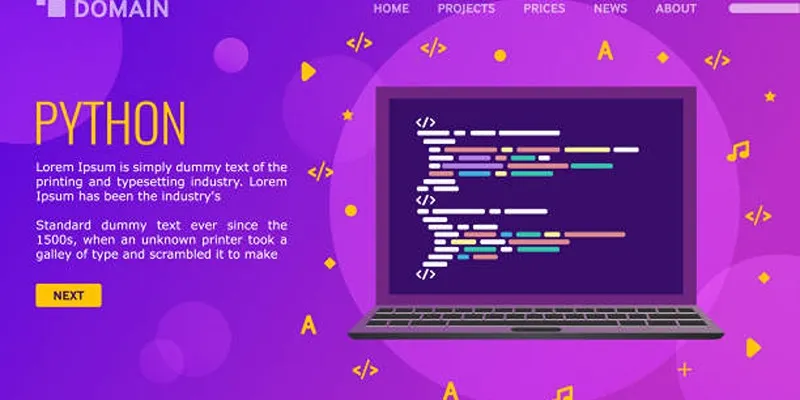Artificial Intelligence (AI) is ubiquitous today—embedded in our smartphones, automobiles, and even household appliances. However, the true marvel of AI lies within the sophisticated hardware powering these innovations. It’s not solely about ingenious software or sophisticated algorithms; rather, it’s the specialized chips that endow AI with its remarkable speed and intelligence.
Behind every intelligent assistant or self-driving vehicle are GPUs, TPUs, and Neuromorphic Chips, working diligently to propel the next technological wave. These hardware components are instrumental in enhancing AI’s speed, intelligence, and efficiency. Let’s delve into how these components operate.
Understanding AI Hardware
AI hardware is the backbone of today’s most advanced technologies. It’s not merely about machines executing code; it’s about devices engineered to think swiftly, manage vast data sets, and execute complex tasks like image recognition, speech analysis, and autonomous driving. Traditional computer hardware wasn’t designed to withstand such demands, leading to the emergence of a new generation of AI-optimized hardware, crafted specifically to meet modern AI’s requirements.
Central to this hardware revolution is the necessity for speed, efficiency, and the capability to process immense data volumes in real-time. AI models, especially those involving machine learning and deep learning, perform millions of calculations in seconds. High-powered hardware is essential; otherwise, these systems would falter under pressure. This is where GPUs, TPUs, and Neuromorphic Chips come into play, each offering unique strengths and addressing specific challenges, thereby advancing AI’s performance, capability, and innovation.
GPUs – The Early Power Behind AI
Graphics Processing Units (GPUs) were initially designed for rendering graphics in video games and animations. Their ability to handle multiple tasks simultaneously makes them ideal for AI workloads.

Unlike traditional CPUs (Central Processing Units), which excel at handling one task at a time, GPUs are optimized for parallel processing. This enables them to execute thousands of small calculations concurrently. AI models, particularly those based on deep learning, necessitate such parallel processing to efficiently manage large datasets.
GPUs rapidly gained popularity for training AI models, significantly reducing the time required from weeks to mere days or hours. Companies like NVIDIA have developed specialized GPUs tailored for AI applications, enhancing their speed and power.
In addition to training, GPUs are also employed in AI inference tasks—where an AI model makes predictions from new data. GPUs excel in both training and inference tasks, outperforming general-purpose CPUs.
TPUs – AI Hardware Built for Speed
Tensor Processing Units (TPUs) mark a significant advancement in AI hardware. Unlike GPUs, which were adapted from graphics processing to AI tasks, TPUs were engineered specifically for machine learning from their inception. Google developed TPUs to support its expanding suite of AI-driven services like Google Search, Google Translate, and Google Assistant.
TPUs are distinguished by their proficiency in managing tensor computations—a type of mathematical operation integral to many machine learning models. These computations fuel neural networks, which drive functionalities such as image recognition, natural language processing, and recommendation systems.
TPUs are highly compatible with TensorFlow, Google’s open-source machine learning framework. This synergy allows TPUs to train large-scale AI models faster than traditional GPUs in certain scenarios. Another significant advantage is energy efficiency. While GPUs are versatile and multi-purpose, TPUs are dedicated to AI tasks, making them faster and more energy-efficient for these specific applications.
Today, TPUs are fundamental to Google Cloud services. Businesses can rent TPU- powered servers to build, train, and deploy AI models without investing in costly physical hardware. This approach democratizes access to advanced AI tools, fostering innovation across various sectors.
Neuromorphic Chips – The Future of AI Hardware
Whereas GPUs and TPUs are focused on processing speed and managing large data volumes, Neuromorphic Chips aim to emulate the human brain’s functioning. These chips are designed to process information akin to neurons in our brains, enabling them to handle complex tasks with minimal power and exceptional efficiency.

Neuromorphic Chips utilize a design called spiking neural networks (SNNs), which do not continuously process information. Instead, they transmit signals (or spikes) only under certain conditions, similar to neuronal activity in the brain. This approach conserves energy and allows rapid responses for specific tasks.
Compared to GPUs and TPUs, Neuromorphic Chips are still in developmental stages but hold immense potential for future AI systems requiring low-power computing, such as edge devices or smart sensors. Companies like Intel have developed neuromorphic chips like Loihi, which are currently being tested in applications ranging from robotics to healthcare and smart environments.
As technology continues to advance, Neuromorphic Chips may become integral to the AI hardware landscape, complementing GPUs and TPUs in creating smarter, faster, and more energy-efficient systems for a wide array of real-world applications.
Conclusion
AI hardware is the driving force behind modern artificial intelligence. Without these innovations, AI systems would be unable to process vast data quantities or deliver swift results. GPUs, TPUs, and Neuromorphic Chips each play crucial roles in enhancing AI’s speed, efficiency, and power. While GPUs introduced parallel processing to AI, TPUs offered faster and more specialized performance. Now, Neuromorphic Chips provide a glimpse into the future with brain-inspired computing. As AI continues to evolve, the significance of AI hardware will only intensify, shaping smarter systems capable of tackling complex tasks swiftly and with improved energy efficiency.
For further insights into AI hardware advancements, you might find this [NVIDIA resource on AI hardware](https:/www.nvidia.com/en-us/data-center/gpu- accelerated-applications/ai-hardware/) informative.
 zfn9
zfn9






















